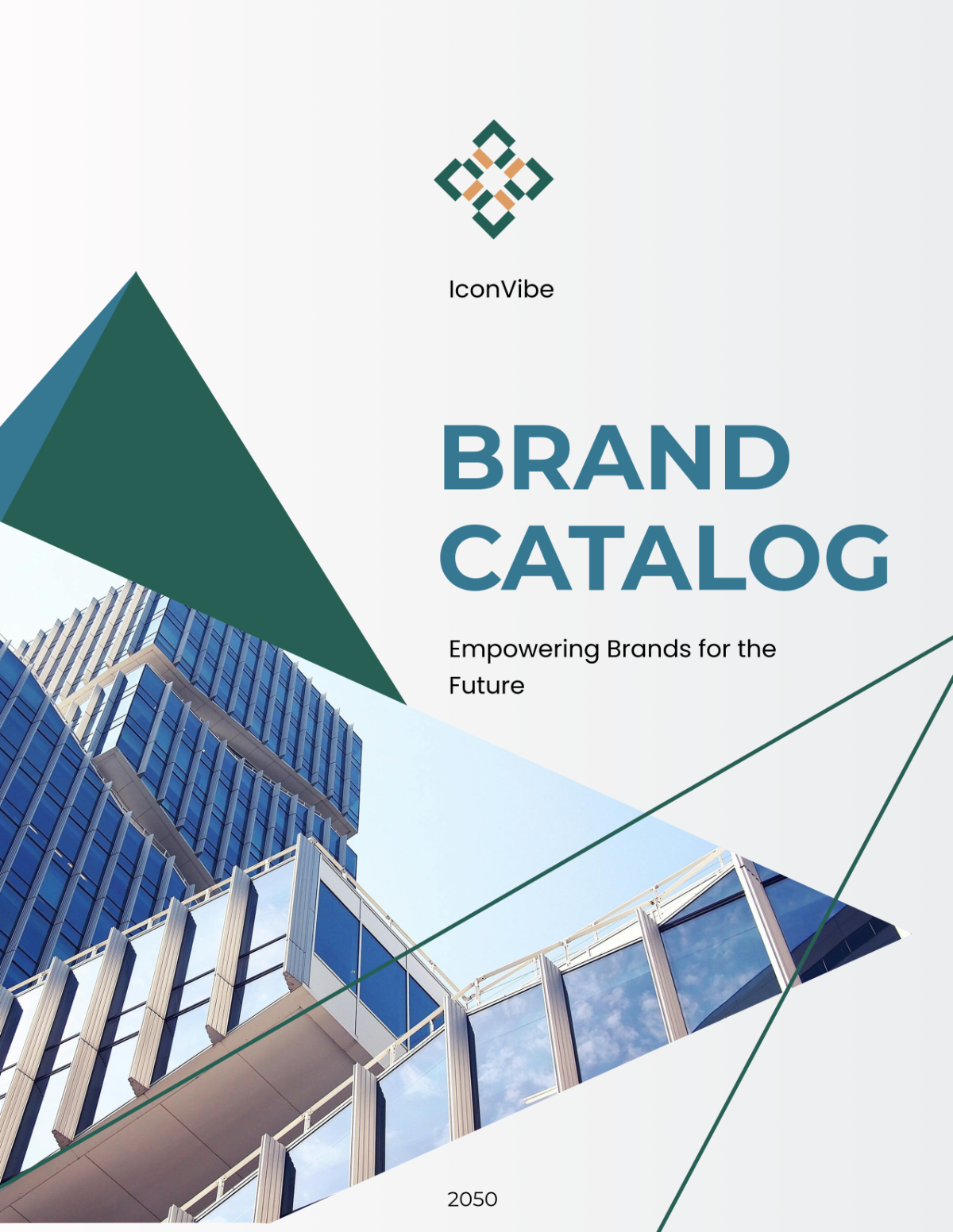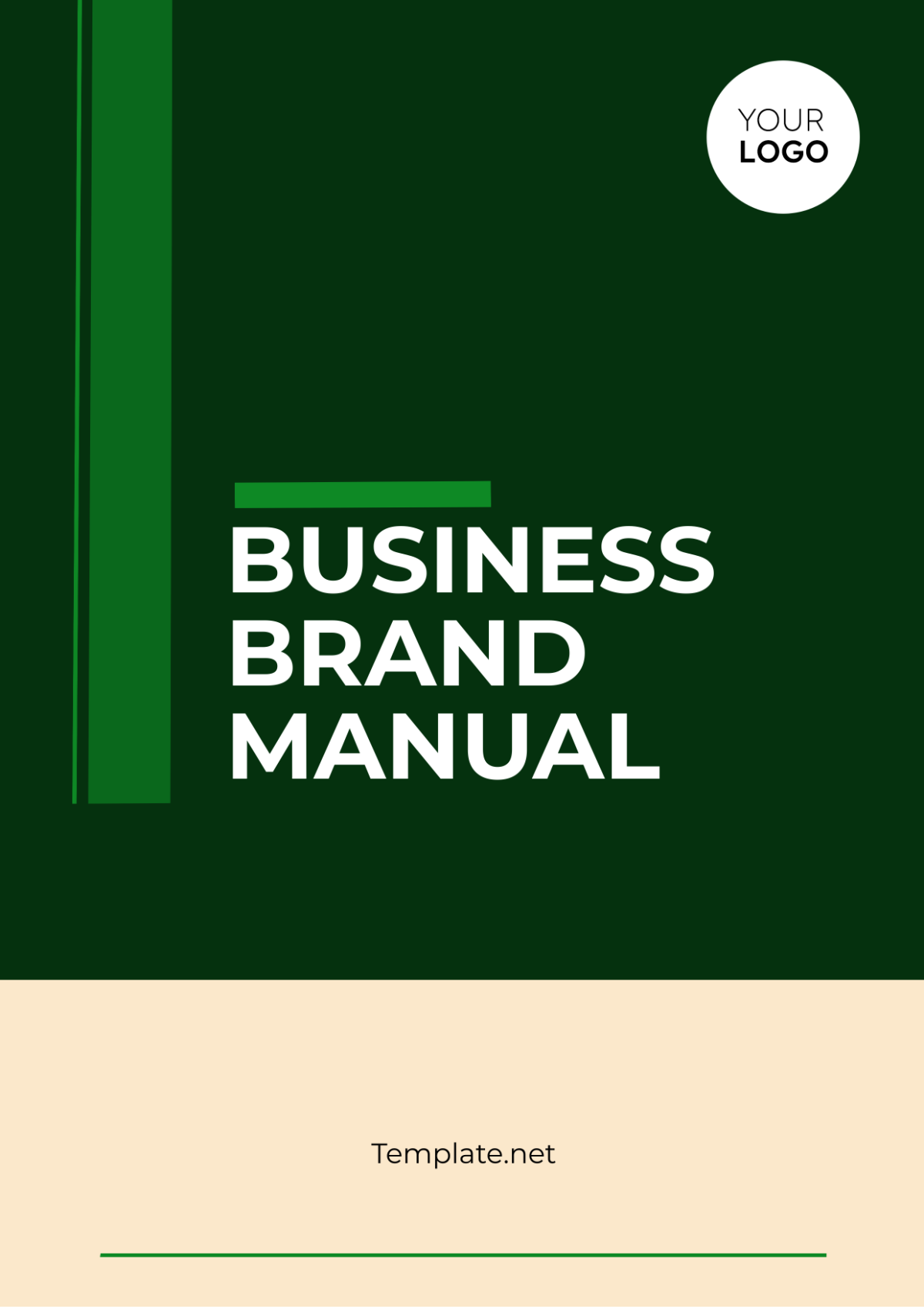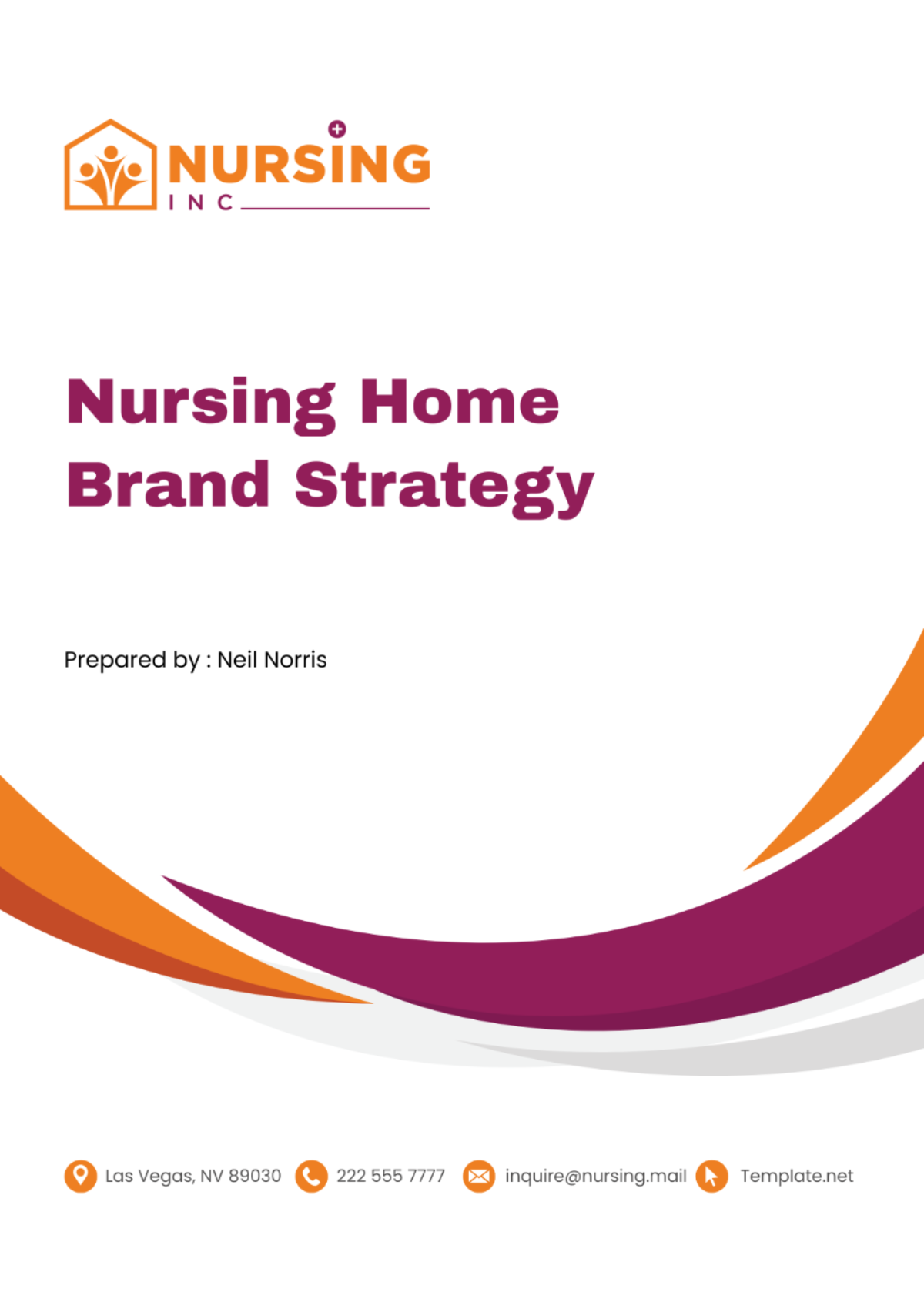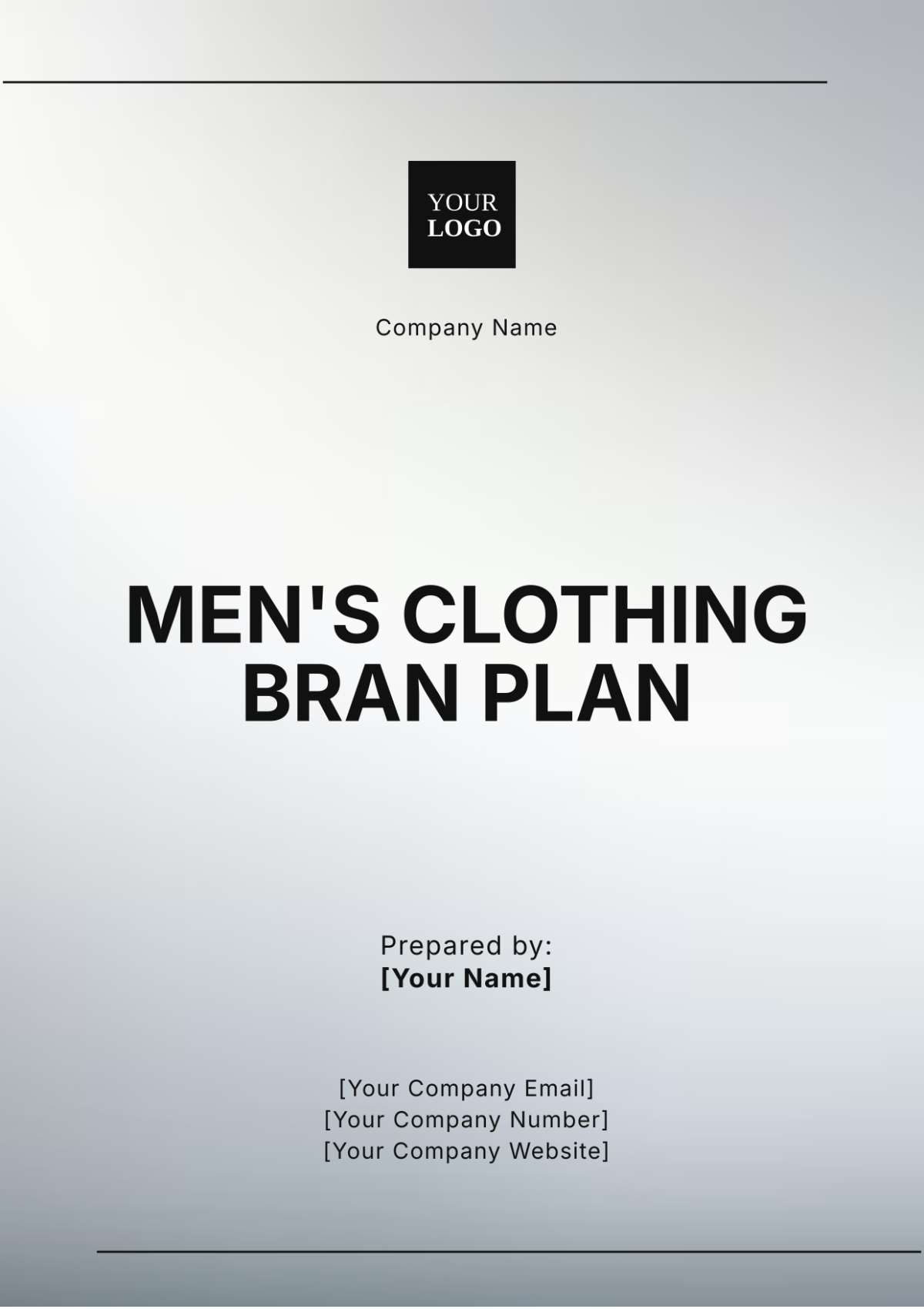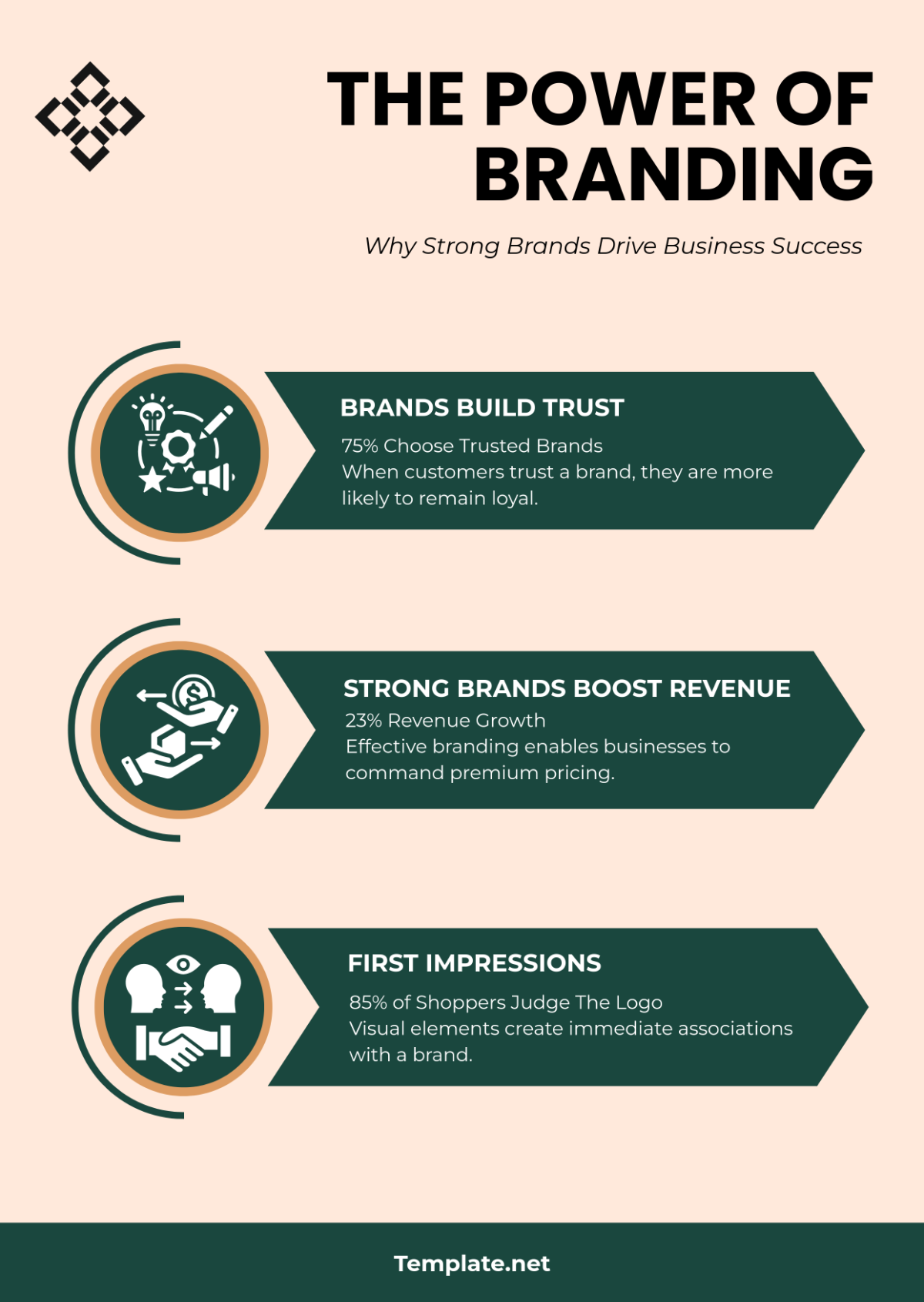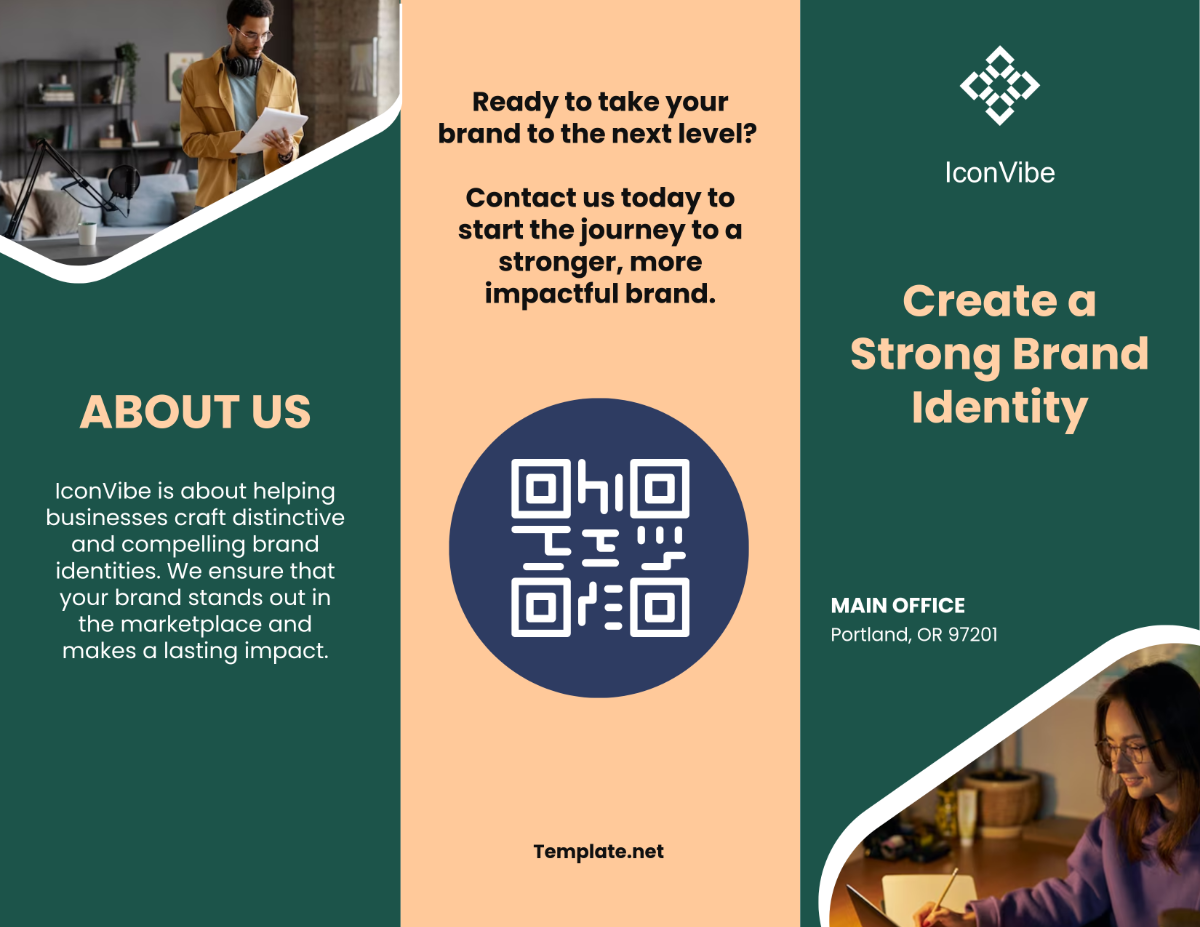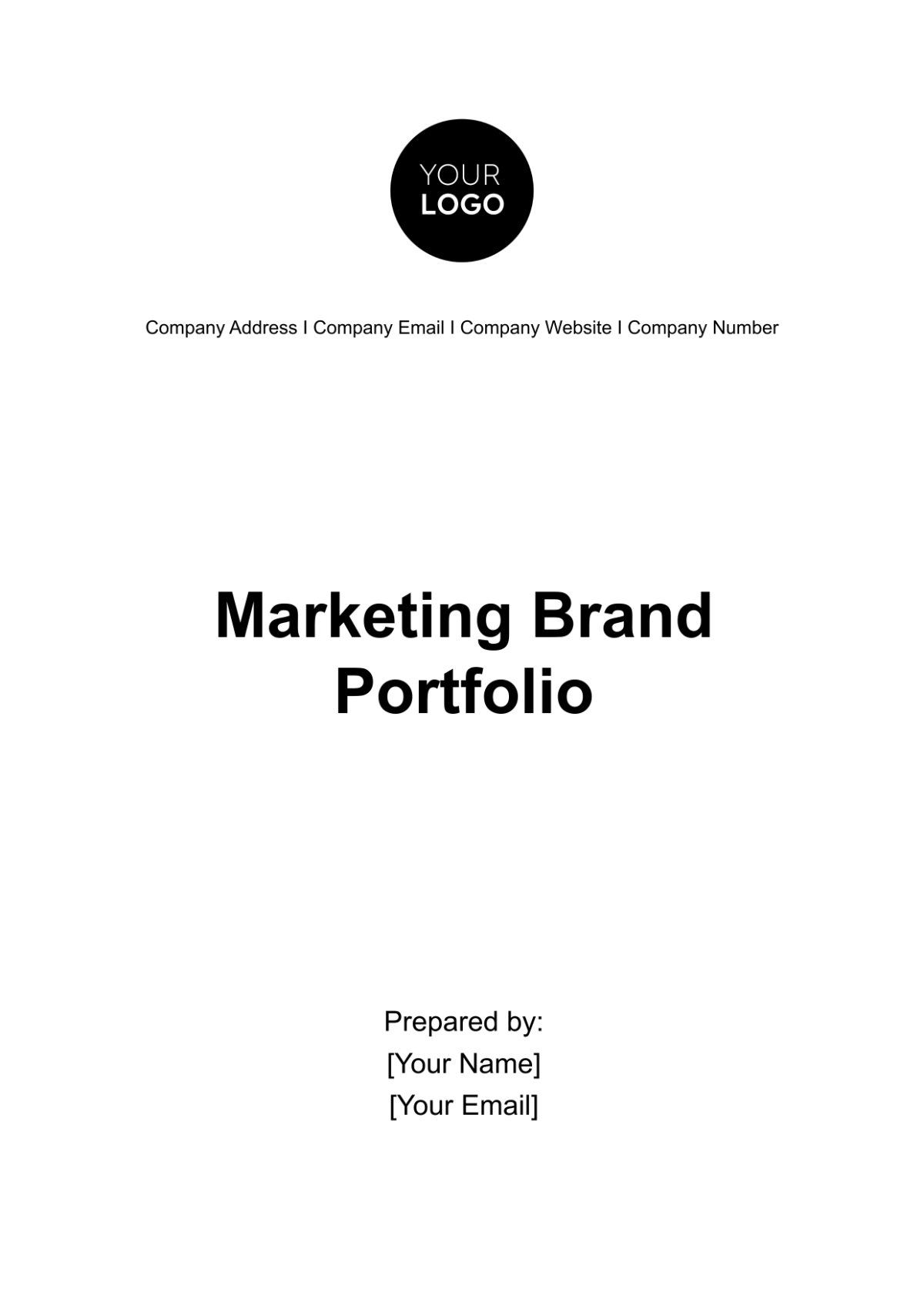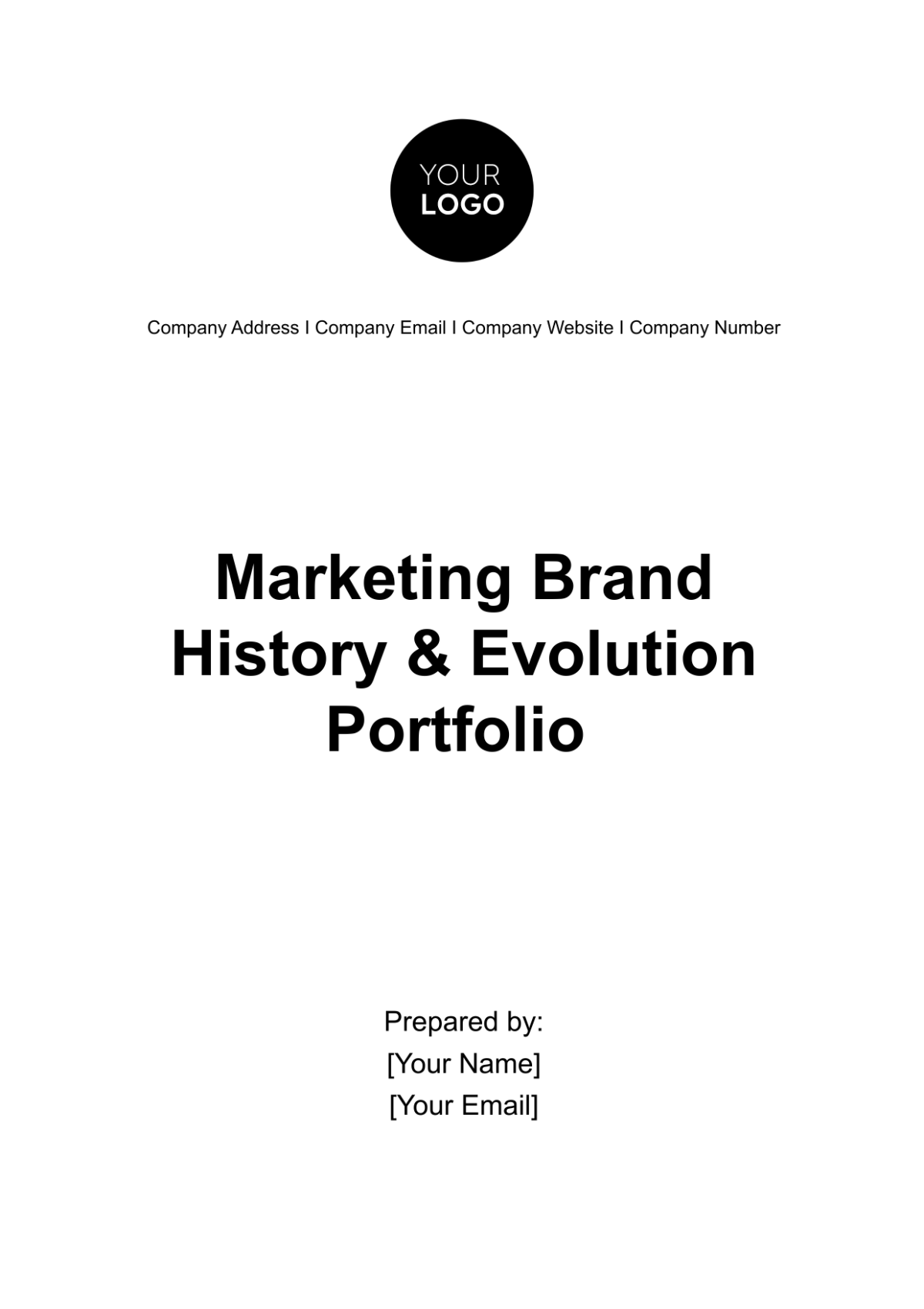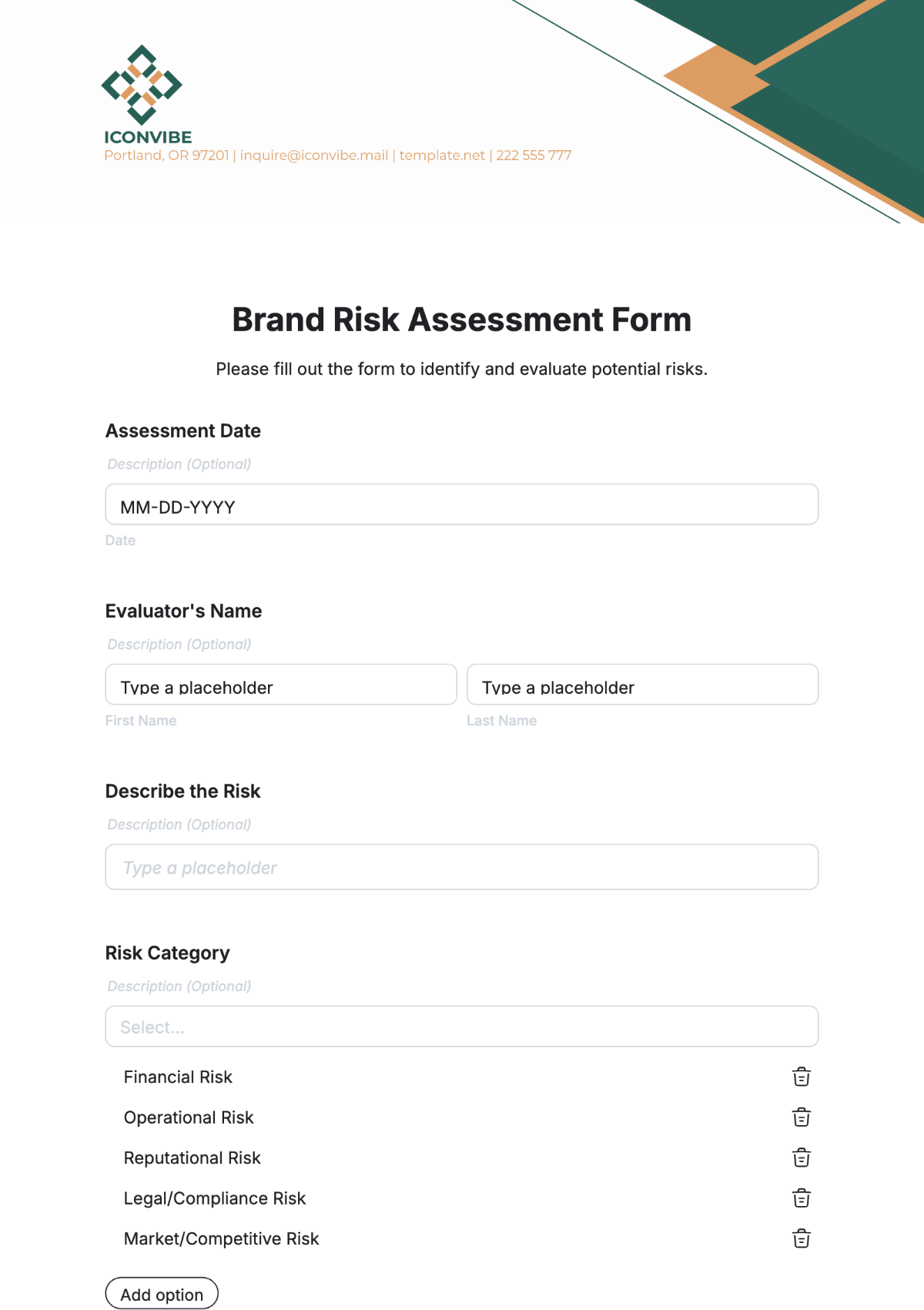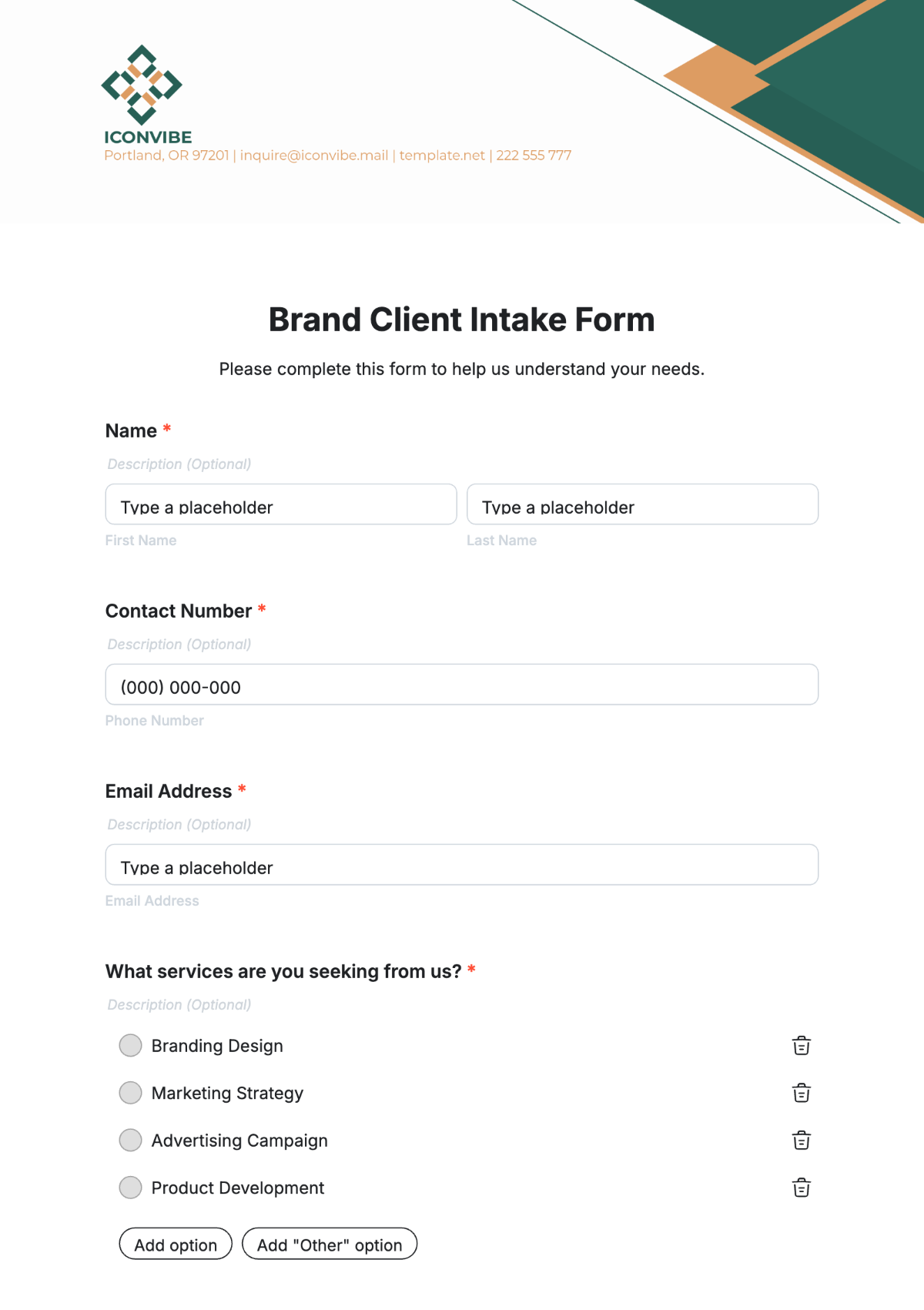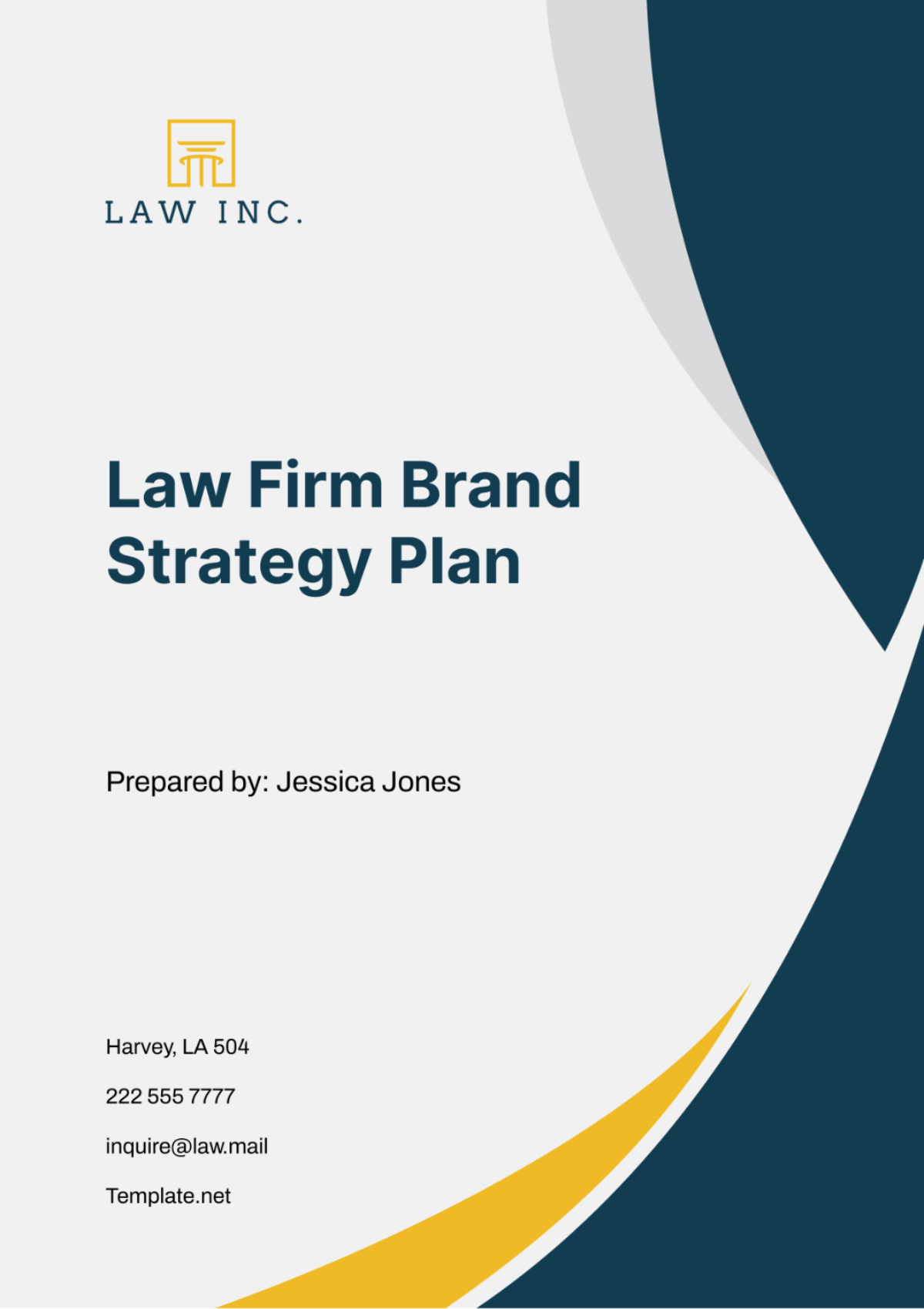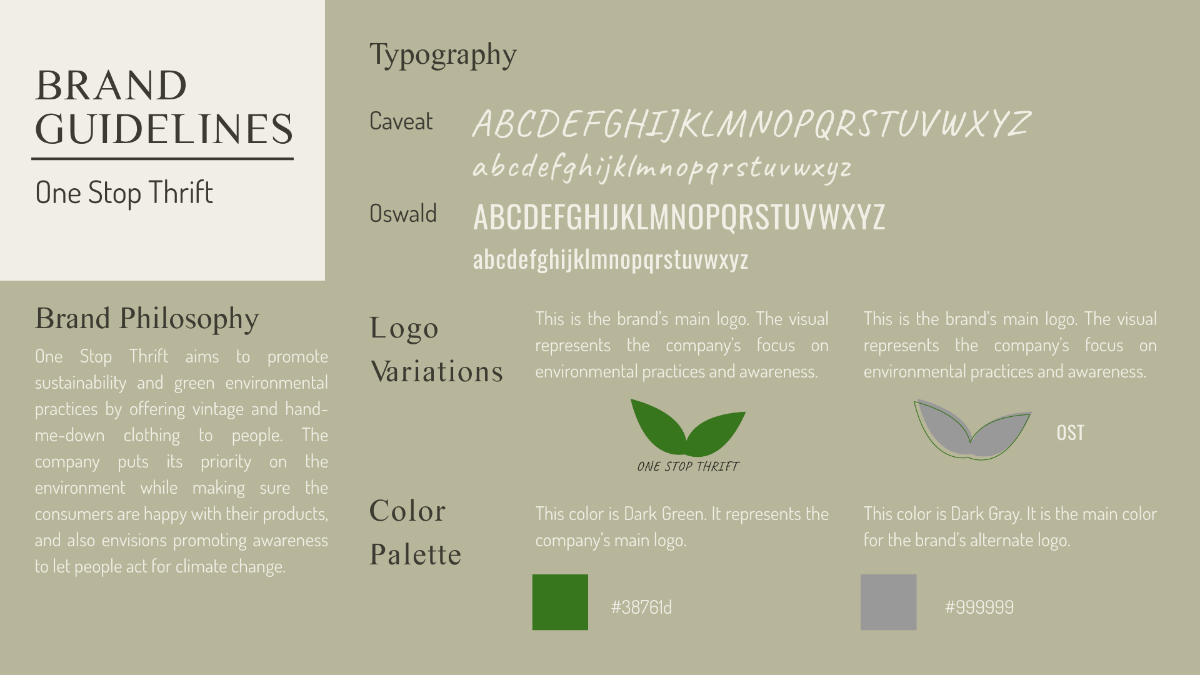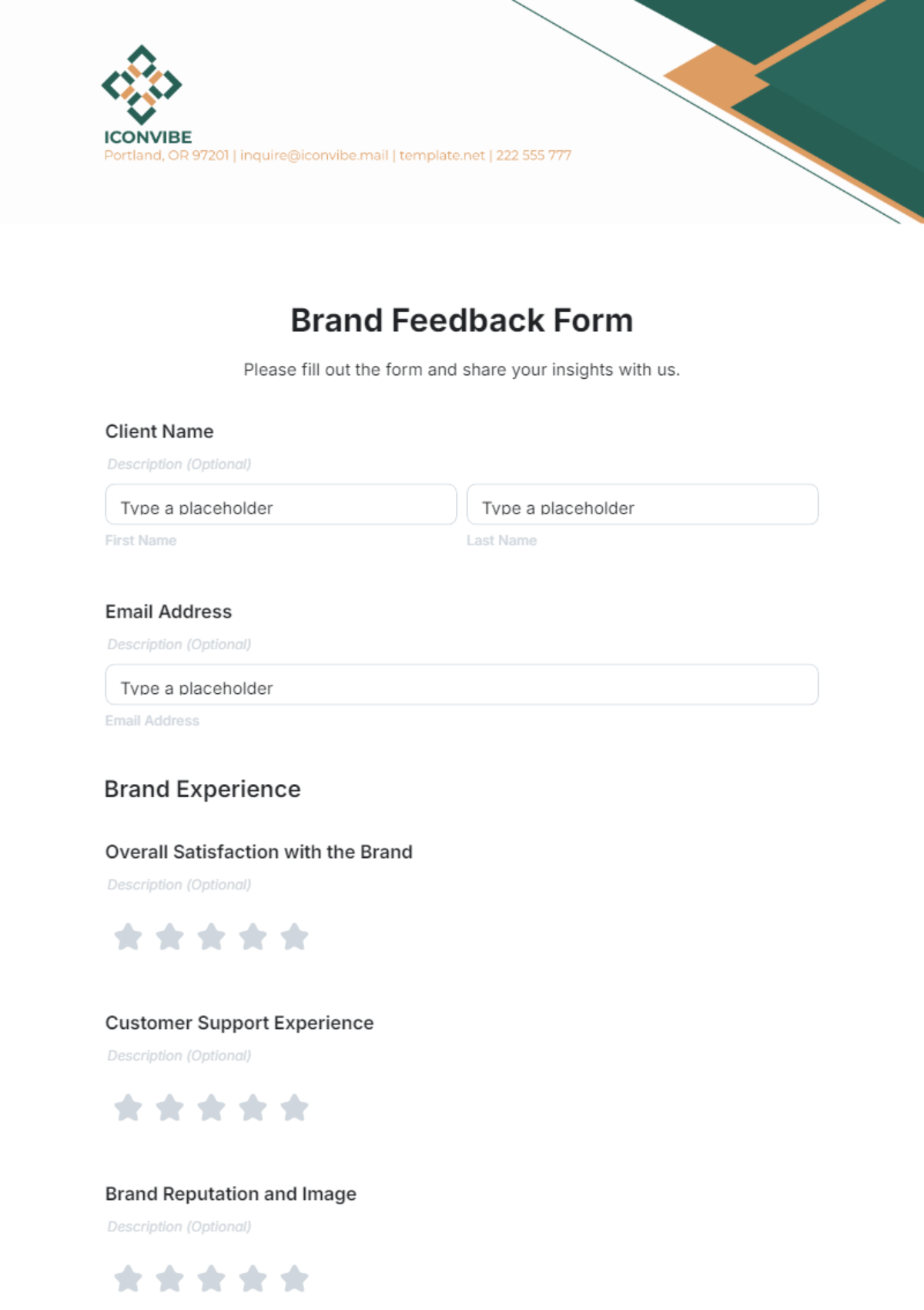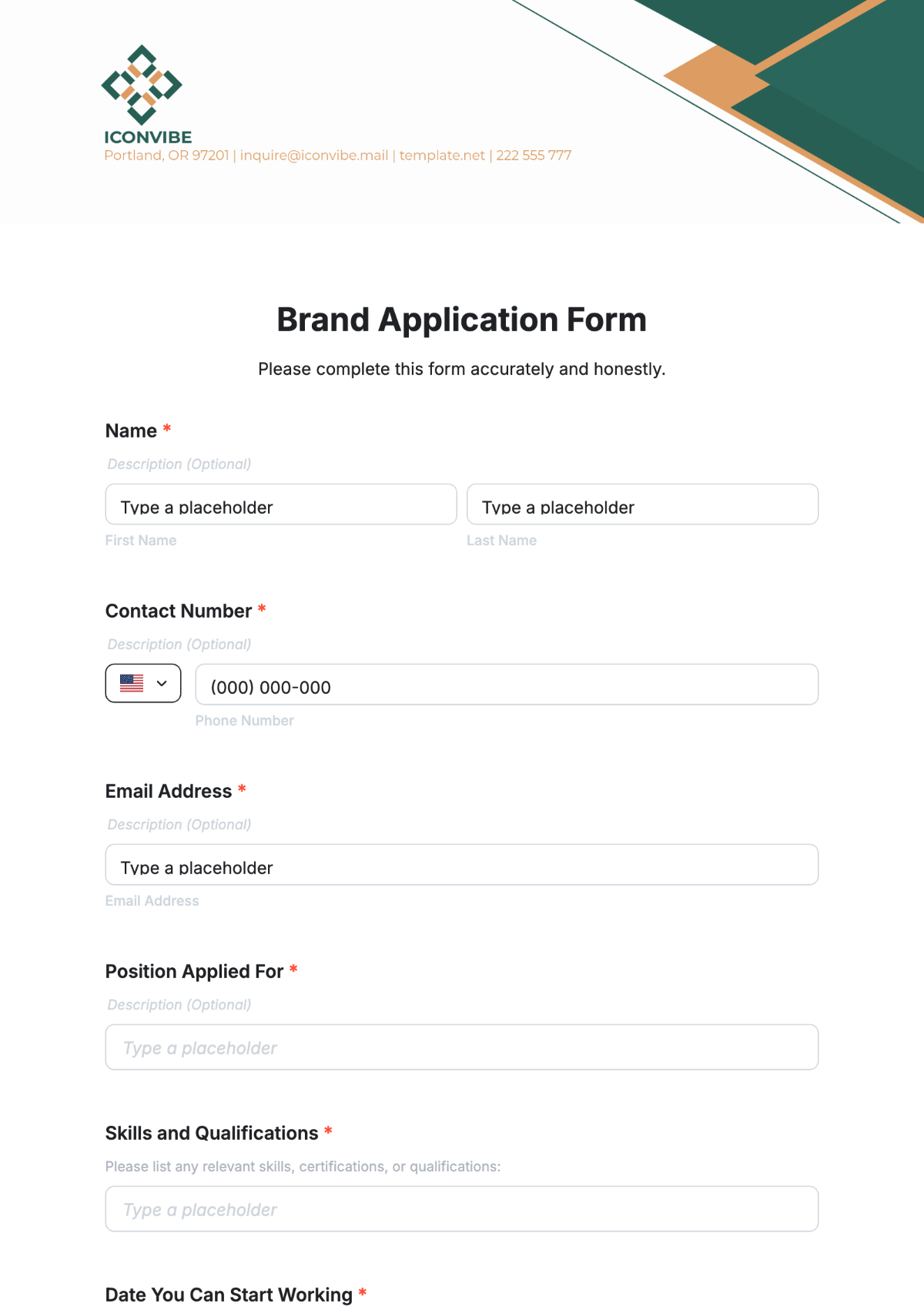Restaurant Branding Guide
Introduction
Establishing a strong and recognizable brand is essential for the success of any restaurant. A well-defined brand not only differentiates [Your Company Name] from competitors but also creates an emotional connection with customers, fostering loyalty and repeat business. This Restaurant Branding Guide provides a comprehensive framework for developing, maintaining, and enhancing our brand. It includes detailed sections on brand identity, key messaging, visual and verbal guidelines, promotional strategies, and evaluation metrics. By adhering to this guide, [Your Company Name] will build a cohesive and compelling brand that resonates with our target audience.
1. Brand Identity
A strong brand identity is the foundation of our branding efforts. It encompasses our core values, mission, vision, and the unique attributes that set us apart.
1.1 Core Values
Our core values reflect what we stand for and guide our business decisions and interactions with customers, employees, and the community.
Value | Description |
|---|---|
Quality | Commitment to high standards in food and service |
Integrity | Honesty and transparency in all business practices |
Customer Focus | Prioritizing customer satisfaction and experience |
Innovation | Continuously improving and adapting to trends |
Community | Engaging with and supporting the local community |
1.2 Mission Statement
Our mission is to provide an exceptional dining experience that combines high-quality cuisine with outstanding service in a welcoming and comfortable environment.
1.3 Vision Statement
Our vision is to be recognized as the premier dining destination in [Your Company Address], known for our culinary excellence, innovative offerings, and commitment to customer satisfaction.
1.4 Unique Selling Proposition (USP)
Our USP differentiates us from competitors by emphasizing the unique aspects of our restaurant. For [Your Company Name], this includes our signature dishes, locally sourced ingredients, and personalized customer service.
2. Key Messaging
Consistent key messages are crucial for building a cohesive brand. These messages should be reflected in all our communications and marketing materials.
2.1 Brand Promise
Our brand promise is a commitment to our customers that we will always provide exceptional food, outstanding service, and a memorable dining experience.
2.2 Tagline
Our tagline succinctly captures our brand essence: "Experience Culinary Excellence."
2.3 Key Messages
Quality Cuisine: "Our dishes are crafted with the finest ingredients and utmost care."
Exceptional Service: "We strive to exceed customer expectations with every visit."
Welcoming Atmosphere: "A dining experience that feels like home."
2.4 Storytelling
Effective storytelling helps to humanize our brand and create an emotional connection with our audience. Sharing stories about our origins, the inspiration behind our dishes, and the people who make [Your Company Name] special can enhance our brand narrative.
3. Visual Identity
A consistent visual identity helps to make our brand recognizable and memorable. This section outlines the guidelines for using our logo, colors, typography, and imagery.
3.1 Logo Usage
Our logo is the cornerstone of our visual identity. It should be used consistently across all platforms and materials.
Guideline | Description |
|---|---|
Logo Versions | Primary logo, secondary logo, monochrome version |
Placement | Top left on print materials, centered on digital assets |
Clear Space | Maintain a minimum clear space around the logo for visibility |
Incorrect Usage | Avoid stretching, altering colors, or adding effects to the logo |
3.2 Color Palette
Our color palette reflects our brand personality and should be used consistently in all visual materials.
Color | Hex Code | Usage |
|---|---|---|
Primary Color | #FF6347 | Main elements, highlights |
Secondary Color | #FFD700 | Accents, secondary elements |
Neutral Color | #FFFFFF | Backgrounds, text |
Dark Color | #000000 | Text, overlays |
3.3 Typography
Consistent typography enhances readability and reinforces our brand identity.
Font Family | Usage | Example |
|---|---|---|
Primary Font | Headlines | Helvetica Bold |
Secondary Font | Body Text | Helvetica Regular |
Accent Font | Quotes, Highlights | Arial Italic |
3.4 Imagery
High-quality images that reflect our brand values and atmosphere should be used in all marketing materials.
Image Type | Description | Usage |
|---|---|---|
Food Photography | High-resolution images of dishes | Menus, social media, website |
Interior Shots | Images showcasing the restaurant's ambiance | Website, promotional materials |
Staff and Customer Photos | Candid shots of staff and customers | Social media, marketing campaigns |
4. Verbal Identity
Our verbal identity includes the tone, style, and language we use in our communications. Consistency in verbal identity helps reinforce our brand personality.
4.1 Brand Voice
Our brand voice should reflect our friendly, inviting, and passionate personality.
Attribute | Description | Example |
|---|---|---|
Friendly | Warm and welcoming tone | "Welcome to [Your Company Name]!" |
Inviting | Inclusive and approachable language | "Join us for a delightful meal." |
Passionate | Express enthusiasm for food and service | "We love creating delicious dishes just for you!" |
4.2 Communication Style
Our communication style should be clear, engaging, and consistent across all channels.
Channel | Style Description | Example |
|---|---|---|
Social Media | Informal, conversational, engaging | "Check out our new menu items!" |
Website | Professional, informative, yet approachable | "Discover our story and our menu." |
Marketing Materials | Persuasive, inviting, visually appealing | "Experience the best dining in [Your Company Address]." |
5. Promotional Strategies
To effectively promote our brand, we employ a variety of strategies that leverage both digital and traditional marketing channels.
5.1 Digital Marketing
Digital marketing allows us to reach a broad audience and engage with customers in real-time.
Strategy | Description | Platforms |
|---|---|---|
Social Media Marketing | Regular posts, engaging content, interactive campaigns | Instagram, Facebook, Twitter |
Email Marketing | Personalized emails, newsletters, promotions | Mailchimp, Constant Contact |
SEO and Content Marketing | Optimized website content, blog posts | Google, Blog |
5.2 Traditional Marketing
Traditional marketing methods complement our digital efforts and help reach local audiences.
Strategy | Description | Channels |
|---|---|---|
Print Advertising | Ads in local newspapers and magazines | Local publications |
Flyers and Brochures | Distribution in the local area, in-house materials | Local businesses, direct mail |
Events and Sponsorships | Participation in local events, sponsorship of community activities | Local events, community centers |
5.3 Special Promotions
Special promotions and events help to attract new customers and retain existing ones.
Promotion Type | Description | Examples |
|---|---|---|
Seasonal Promotions | Special menus and offers for holidays and seasons | Valentine's Day, Christmas |
Loyalty Programs | Rewards for frequent diners | Points system, discounts |
Themed Events | Unique dining experiences based on themes | Wine tasting nights, cultural cuisine events |
6. Brand Evaluation and Metrics
Regular evaluation of our branding efforts ensures that we are effectively communicating our brand and meeting our goals.
6.1 Key Performance Indicators (KPIs)
Tracking KPIs helps us measure the success of our branding strategies.
KPI | Description | Target |
|---|---|---|
Brand Awareness | Level of brand recognition among target audience | Increase by 20% annually |
Customer Engagement | Interaction rates on social media and other platforms | Increase by 15% quarterly |
Customer Loyalty | Repeat customer rate | Maintain at 70% or higher |
Sales Growth | Revenue increase attributed to branding efforts | Increase by 10% annually |
6.2 Customer Feedback
Collecting and analyzing customer feedback provides insights into brand perception and areas for improvement.
Method | Description | Frequency |
|---|---|---|
Surveys | Online and in-person surveys to gather customer opinions | Quarterly |
Reviews | Monitoring online reviews on platforms like Yelp, Google | Ongoing |
Social Media Listening | Tracking mentions and comments on social media | Ongoing |
6.3 Regular Brand Audits
Conducting regular brand audits ensures that our brand remains consistent and effective.
Audit Component | Description | Frequency |
|---|---|---|
Visual Identity Check | Ensuring all materials adhere to visual guidelines | Annually |
Messaging Review | Evaluating consistency and effectiveness of key messages | Annually |
Competitive Analysis | Assessing brand position relative to competitors | Bi-annually |
Conclusion
A strong and consistent brand is vital for the success and growth of [Your Company Name]. By following the guidelines and strategies outlined in this Restaurant Branding Guide, we can create a compelling brand that resonates with our target audience, fosters customer loyalty, and stands out in a competitive market. Regular evaluation and adaptation of our branding efforts will ensure that we continue to meet our goals and build a lasting, positive reputation.

